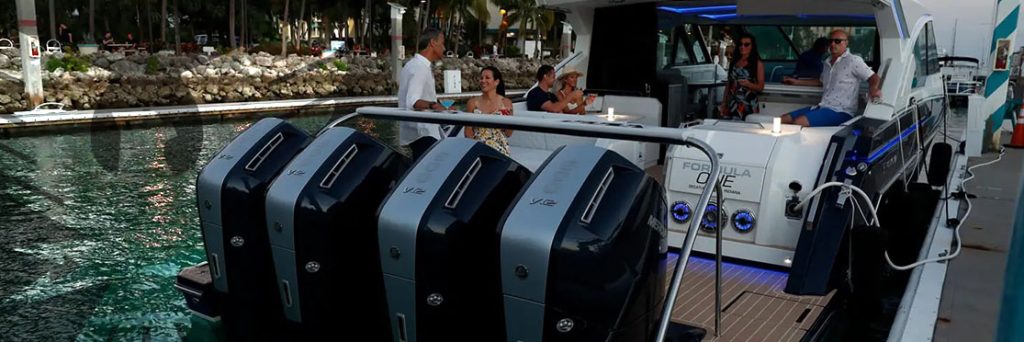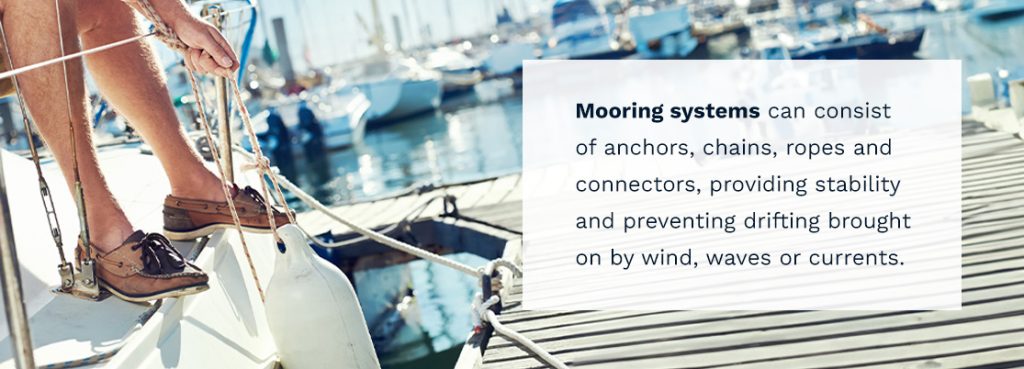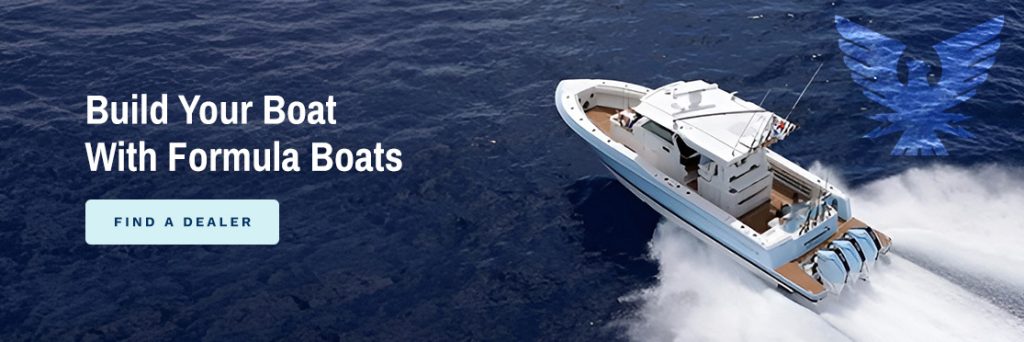
Knowing how to tie up your boat properly is crucial for safety and preventing damage. Secure knots prevent the vessel from drifting away, causing accidents or getting lost. Skillful tying also safeguards against string currents and changing tides. Incorrectly tied boats can collide, leading to costly repairs.
Learn essential knots like cleat hitch and bowline for stability. Always account for weather conditions and docking scenarios. Regularly inspect ropes and lines for wear and tear. Mastering boat tying ensures worry-free outings, preserving your investment and everyone’s well-being.
How to Tie Essential Boating Knots
Practice these basic boating knots for secure and efficient boating:
- Bowline knot: Create a small loop near the end of the line, pass the other end through that loop, around the standing part and tug it back down through the loop.
- Cleat hitch knot: Wrap the rope around the side of the base of a cleat, under the “horns.” Pull the rope over the top of the cleat and loop it under the horn. Reverse the direction to go across the top of the cleat. Reverse direction again, but form a loop and flip it over. Put this loop over the horn and pull tight.
- Clove hitch: Place the line around a post, cross the ends, then wrap them around the post again, tucking each end under the wraps.
- Half hitch knot: Pass the rope’s end over the main line, pull it through the loop and tighten.
- Figure eight knot: Form a loop, then pass the end over the standing part and thread it through the loop.
Bonus knot: The loop-to-loop joins two lines with loops on either end, pass the tag end through the loop of your second line and then pass it through the loop on the other end of the line. Pull at the tag end until both loops join.
How to Tie a Boat to a Dock
Tying your boat to the dock is simple, and it is a good idea to teach friends or family how to do so if they regularly accompany you on the water. Successfully tie your boat to the dock by using these steps:
- Approach the dock slowly to align your vessel with the dock space.
- Attach the fenders to the boat’s sides to prevent damage during docking.
- Secure a bowline knot to the dock cleat near the bow and a stern line to a cleat near the stern.
- Form a loop with the line, pass it around the cleat, then tighten it.
- Ensure lines are taut but not overly tight, allowing for tidal fluctuations.
- Attach spring lines diagonally from your boat’s midsection to prevent swaying.
- Verify all lines are secure and adjust these as needed.
- Gently test the lines to ensure they are holding.
When tying a boat to a mooring, be sure to avoid these three mistakes to secure your boat to the dock:
- Placing the loop around the cleat: The line can easily slip off, causing your boat to float away.
- Incomplete figure eight knot: Finish your figure eight knot with a locking half hitch to secure the knot.
- Wrapping the loop around just one horn: Wrap the loop around both horns to secure your boat. Wrapping around just one horn can cause the line to slip off with little effort.
Tying Your Boat to a Cleat
The cleat is a T-shape fitting with projecting horns or arms on a boat or dock to which you attach your lines. Before tying your vessel to a cleat:
- Ensure it is in good condition and properly attached.
- Approach the cleat at an angle, with the boat parallel to the dock.
- Cross the line over itself to create a loop and pass it under the standing part of the rope and back over the cleat’s horns.
- Tighten the line, ensuring it is snug with enough give to accommodate the vessel’s natural movements.
How to Tie a Boat to Four Pilings
Tying your boat to pilings requires more precision as it prevents lateral movement while allowing some rocking. Remember to tie all knots carefully and check for consistent tension across all lines. Follow these steps:
- Approach slowly, aligning your boat between them.
- Attach the fenders to prevent damage while you secure your boat.
- Use the bow and stern lines to loop around the pilings.
- Start with the bow, tying a cleat hitch or loop knot.
- Move to the stern, ensuring lines are taut but not over-tightened.
- Repeat the process on the opposite side, using two more lines.
- Adjust the lines as needed to keep the boat centered and secure.

How to Tie a Boat to a Mooring System
Mooring systems anchor boats, ships and offshore structures in place. These systems can consist of anchors, chains, ropes and connectors, providing stability and preventing drifting brought on by wind, waves or currents. These are the common mooring systems for boats:
- Swing mooring: This system involves anchoring a boat to a single anchor point on the seabed using a heavy anchor and chain.
- Mediterranean mooring: In this method, the boat is secured parallel to the quay of the dock using ropes or lines.
- Permanent mooring: A fixed system where heavy ground tackle, like concrete blocks, lies on the seabed. The boat attaches to a buoy at the surface using a line.
Tying Your Boat to a Swing Mooring
Safety and preparation are key when securing your boat to a swing mooring. Use these steps to tie your vessel to a buoy in open water:
- Approach the buoy slowly, keeping wind and currents in mind.
- Use a boat hook to catch the mooring line.
- Pull the line aboard, avoiding tangles.
- Attach a string line from your boat’s bow to the buoy’s pennant.
- Use a secure hitch or cleat knot, making sure you have the right tension.
- Position the fenders to prevent hull damage.
- Double-check your knots and lines for security.
- Ensure proper swing radius for the changing winds and tides.
- When you are ready to go boating, untie the line carefully and leave the area smoothly.
How to Choose Dock Lines
Choosing dock lines for your boat ensures safety and stability while the vessel is tied to a mooring. Consider the type of dock and your boat’s size and weight to select the lines with the right thickness and strength. Use durable dock lines made from nylon or polypropylene, usually two or more, which offer elasticity and strength. Polyester is another option and offers high UV resistance.

Build Your Boat With Formula Boats
Securing your boat ensures it is safe and prevents any damage while docked. By following a systematic approach, you can confidently tie up your boat. In time, this will become an easy and natural process that will stop your boat from floating away and prevent it from potentially causing damage to other vessels.
Whether you want relaxation or high performance, our boats embody innovative design and impeccable craftsmanship. Tailor your own fully customizable boat or find a dealer to transform your boating aspirations into reality.
